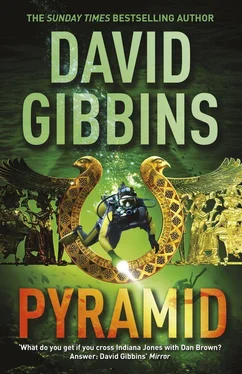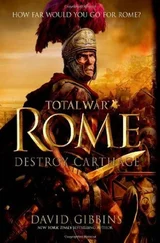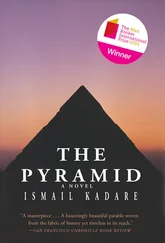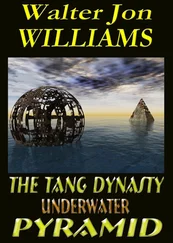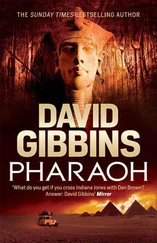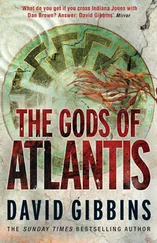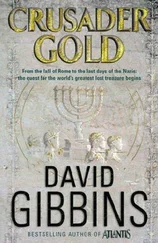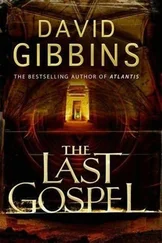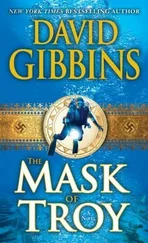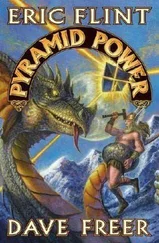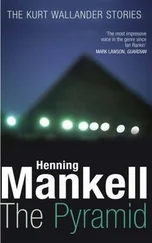ALEXANDRIA, EGYPT, PRESENT DAY
Jack Howard walked along the old quayside of Alexandria harbor toward Qaitbey, the fifteenth-century fort built on the foundations of the ancient lighthouse that now served as headquarters for Maurice Hiebermeyer’s Institute of Archaeology. The sun was beating on the rocks, the light shimmering off the waters of the harbor, and for a few moments Jack allowed himself to relish the summer air of the Mediterranean and forget that he was in a country on the brink of war. He cast his mind back ten years to the discovery of a scrap of papyrus in the mummy necropolis in the Faiyum that had led them to the truth behind the Atlantis legend. The Egyptian student who had made the discovery was now Hiebermeyer’s wife, and together they had created one of the premier centers in Egypt for the study of archaeology.
Jack had a strong sense of déjà vu as he made his way across the worn stones toward the fort. He was going to hear the latest from the mummy necropolis, still an ongoing excavation producing extraordinary finds, and he in turn was going to match Maurice with an account of their latest underwater discoveries, hoping for that sparking of ideas and rush of excitement as things fell into place that had marked their collaboration over the years.
But there was a dark side to this day. All Jack’s projects since Atlantis had been threaded together, interlinked by discoveries that had sent him around the world, from Egypt to Greece and Turkey, from India and Central Asia to ancient Herculaneum and across the Atlantic to the frigid waters of Greenland and the jungles of the Yucatan. The loose ends of one project had become the beginnings of another. Yet for the first time today, he had felt a looming sense of finality, that what had begun here a decade ago was about to offer up its last, that the extraordinary wellspring of ancient Egypt was about to close down forever. He felt edgy and nervous, and that heightened sense of awareness he experienced while diving was now with him all the time. If there were to be any more discoveries in Egypt, they were going to have to happen in the next days, even the next hours, in a window that was rapidly closing down on all of them.
He stared over the bobbing boats in the harbor at the extraordinary form of the Bibliotheca Alexandrina, the new library of Alexandria. Just like its predecessor, the famous mouseion founded by the Macedonian king Ptolemy in 283 BC, the library seemed fated to suffer from religious extremism. Back then it had been Christianity, culminating in the antipagan purge by the Roman emperor Theodosius in AD 391, that led to the library’s destruction, whereas now it was extremism and the threat of regional war. The reconstructed library had been a noble enterprise at a time when many believed that the Internet and electronic publishing had eclipsed the need for physical repositories of knowledge. And yet the threat of destruction and of Internet sabotage meant that electronic means of data storage were just as vulnerable as the libraries of old. Each epoch seemed destined to build up a critical mass of knowledge, only for it to be largely destroyed and a few precious fragments to survive, buried by chance like the library that Jack had excavated at the Roman site of Herculaneum, or the shreds of papyrus reused as mummy wrappings that Hiebermeyer and his team had unearthed in the desert necropolis.
Jack shaded his eyes against the sun as he thought about the Atlantis papyrus. The story of Atlantis had come down from the sixth-century-BC Athenian traveler Solon, who had visited the Egyptian temple of Sais, heard it from the High Priest, and had then written it down, only for his original papyrus to have been lost and then reused as mummy wrapping. The knowledge memorized by the High Priest had been passed down through generations from earliest times, an oral tradition whose days were numbered with the arrival in Egypt of the Greeks and their new religion. But what if at the height of ancient Egypt, during the New Kingdom of the later second millennium BC, a visionary pharaoh had decided to collate and transcribe all that ancient knowledge? What if there had been an earlier library somewhere in the heartland of ancient Egypt? Jack stared at the extraordinary discoid shape of the modern Bibliotheca, deliberately designed to look like a sun disk rising out of the horizon to the east. Who would that visionary pharaoh have been? Would it have been Akhenaten, the one who rejected the old religions, the pharaoh who worshipped the sun god, the Aten?
Jack reached into his pocket and took out a military campaign medal from the Victorian period that he had bought from a market stall near the docks where the taxi had dropped him off. It was a Khedive’s Star, worn and battered, awarded to an Egyptian soldier who had fought under British command in the 1880s war against the Mahdi in Sudan. Jack thought again of those British officers in the desert, who were there not only for war, but whose exploration for ancient sites had so fascinated him. Had they been hunting not just for confirmation of Old Testament history but for something even greater than that, for a lost repository containing the greatest treasure that a civilization could offer, the accumulated wisdom and knowledge of the ancient Egyptians?
He grasped the medal until the points of the star hurt his hand, and then thrust it back into his pocket. These thoughts had run through his mind endlessly since he and Costas and Hiebermeyer had been forced to leave Sudan almost two months previously, bringing with them enough evidence from the ancient temple carvings beside the Nile to suggest that Akhenaten’s City of Light lay somewhere near modern Cairo and that the pyramids were the key to its entry. He and Costas had been there, on the cusp of an incredible discovery, suspended beneath the Pyramid of Menkaure and seeing where the reflected sunlight shone against something far ahead, beyond a tunnel almost completely blocked by rockfall. Ever since they had been forced to leave the site, he had tried not to think of it, knowing that there was no chance of them returning with the tools they would need to break their way through. He had gone to the Gulf of Suez intent on moving on, and yet as long as he was in Egypt, as long as there was a glimmer of hope, the image of Akhenaten kept returning to him. Perhaps there was another entrance to the underground complex, closer to the Nile. He needed to look again at the plan that he believed was preserved in the radiating arms of the Aten sun symbol on the plaque from the wreck of the Beatrice , and at the known layout of the early dynastic canal system that linked the pyramids with the Nile. As long as there were still IMU feet on the ground in Egypt, he would pursue it. He would not give up .
* * *
Ten minutes later he mounted the worn stone steps at the entrance to Qaitbey Fort. He passed the red granite blocks from the toppled ancient lighthouse that had been incorporated into the fort when it was built in 1480. Inside, Hiebermeyer’s institute occupied a modern single-story stone structure set against one wall of the courtyard, with a library, a conservation lab, and research facilities for the Egyptian graduate students who were the mainstay of Hiebermeyer’s team. The institute was funded by a fellowship scheme managed by his wife, Aysha. On the opposite side of the courtyard were the foundations of the new museum, being funded by IMU’s main benefactor, Efram Jacobovich, to complement their existing museum in the ancient harbor at Carthage, in Tunisia. The Alexandrian museum would showcase shipwreck finds made by IMU teams off the north coast of Egypt and in the Nile. Like everything else here, like the fellowship scheme, the future of the museum project now hung by a thread, something that Jack knew he was going to have to discuss with Hiebermeyer once they had shared the excitement of their latest discoveries.
Читать дальше
